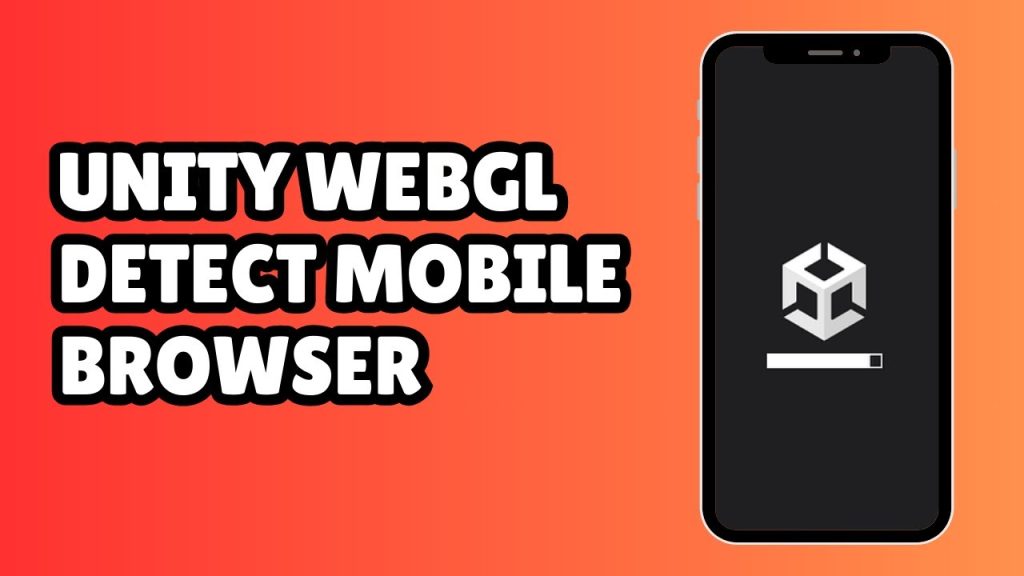UniVRM, a widely used Unity plugin for VRM avatar integration, is designed with platform versatility in mind. As developers increasingly target mobile devices and browser-based environments, the demand for cross-platform compatibility has become essential. UniVRM addresses this need by offering support across multiple platforms, including Android, iOS, and WebGL, enabling the deployment of high-quality 3D avatars in diverse runtime scenarios.
UniVRM does support mobile and WebGL platforms, successful implementation requires mindful optimization. Developers must consider performance constraints, shader compatibility, and runtime limitations unique to these platforms to ensure smooth functionality and a responsive user experience.
Platform Compatibility Overview
UniVRM was designed with cross-platform application in mind. Whether you’re building a virtual reality experience, an avatar customization tool, or a full-scale metaverse application, UniVRM ensures consistent functionality across key operating systems and devices. Below is a summarized breakdown of supported platforms:
Desktop Platforms
- Windows: Full compatibility with Unity-based VRM workflows including runtime loading and exporting.
- macOS: Seamless editor and runtime support, suitable for development and production.
- Linux: Supported through Unity builds, allowing both local testing and server-side usage for backend avatar processing.
Mobile Platforms
- Android: Compatible through Unity’s Android build system. Ideal for mobile games, AR apps, and VTuber tools.
- iOS: Supported with slight configuration adjustments; typically requires optimized shaders and minimal resource consumption.
Web Platforms
- WebGL: Full support via Unity’s WebGL build target. Offers browser-based deployment for avatar previews, editors, and interactive apps.
Other Platforms
- VR Headsets: Devices such as Oculus Quest, HTC Vive, and others are supported if Unity build settings and input systems are correctly configured.
Mobile Support Details
Bringing VRM avatars to mobile platforms requires attention to performance optimization and hardware limitations. UniVRM enables both Android and iOS deployment through Unity, with runtime loading made possible via modern async/await programming models. Below are critical considerations and features for mobile support:
Unity Compatibility
- UniVRM integrates with Unity’s standard mobile build pipelines.
- Works with IL2CPP and Mono scripting backends.
- Unity’s lightweight rendering pipeline (URP) is recommended for mobile performance.
Performance Considerations
- Asset Size: Large models with high-resolution textures should be reduced to maintain acceptable frame rates.
- Shader Optimization: Mobile GPUs may not support advanced shaders; use VRM-compatible mobile shaders or fallback to Standard shaders.
Runtime VRM Loading
- Async/await loading functions allow efficient, non-blocking model import at runtime.
- Perfect for applications that require dynamic avatar changes or user uploads.
Limitations
- Devices with limited RAM or older GPUs may struggle with complex VRM models.
- High-definition materials, multiple blend shapes, or nested hierarchy structures could impact performance.
- Manual optimization and profiling are essential before release.
WebGL Support Overview
UniVRM’s support for WebGL enables creators to build fully interactive avatar applications that run directly in web browsers. This is particularly useful for metaverse interfaces, VTuber configurators, online showrooms, and virtual events.
WebGL Build Support
- Fully supported using Unity’s WebGL build target.
- Avatars can be loaded and manipulated entirely in the browser environment.
Common Use Cases
- Online avatar customization platforms
- Live web-based character previews
- Interactive social media tools
- Lightweight educational or training simulations
Technical Considerations
- CORS Policies: When loading external assets (like VRM files), ensure your server has appropriate CORS headers enabled.
- Asset Hosting: Large VRM files should be preprocessed or compressed. Hosting via CDN improves load times and availability.
Optimization Tips
- Minimize draw calls by merging meshes and reducing material count.
- Use compressed texture formats (e.g., ASTC or ETC) for mobile/browser rendering.
- Avoid using features unsupported in WebGL (e.g., multi-threading or certain physics operations).
Best Practices for Mobile and WebGL Deployment
Successfully delivering UniVRM applications on mobile and WebGL requires a strategic approach to asset management, shader use, and application architecture. Here are proven best practices:
Use Lightweight VRM Models
- Limit polygon count to under 10,000 tris for mobile and web.
- Reduce blend shape complexity.
- Avoid high-fidelity physics for hair, cloth, or accessories.
Optimize Shader Usage
- Use VRM Mobile shaders or Unity Standard shaders with baked lighting.
- Avoid transparent and layered materials unless necessary.
- Test shader compatibility across devices and platforms.
Testing and Validation
- Run tests on a range of mobile devices with varying performance levels.
- For WebGL, test on all major browsers (Chrome, Firefox, Safari, Edge).
- Use Unity’s Profiler and WebGL Stats tools to monitor performance.
Avoid Unsupported Features
- WebGL does not support multi-threading; use async logic with UnityWebRequest.
- Minimize use of dynamic lighting and post-processing on mobile.
- Physics-based animation should be pre-baked or approximated.
Prepare for Asset Streaming
- Use addressables or asset bundles to load avatars on demand.
- Implement loading feedback (progress bars or UI states).
- Ensure all assets are correctly referenced to avoid runtime null references.
Known Limitations & Practical Workarounds
Despite UniVRM’s flexibility, developers must work around a few known technical limitations when targeting mobile and WebGL environments. Below are common challenges and their solutions:
Shader Compatibility Issues
- Problem: Advanced shaders may render incorrectly or fail on mobile GPUs.
- Workaround: Use mobile-optimized or Standard shaders and avoid real-time lighting when possible.
Large VRM Files and Memory Limits
- Problem: Devices with low memory may crash when handling large avatar files.
- Workaround: Use mesh compression, texture atlases, and reduce animation data. Load assets asynchronously to reduce memory spikes.
Async Limitations in WebGL
- Problem: WebGL does not support threads, which limits concurrent operations.
- Workaround: Use UnityWebRequest and coroutines to simulate async behavior. Keep WebGL logic lightweight and event-driven.
Input & UI Issues Across Devices
- Problem: Input mappings may differ between desktop, mobile, and browser.
- Workaround: Use Unity’s new Input System with device-based profiles and responsive UI layouts.
Conclusion
UniVRM stands out as a highly adaptable and powerful solution for developers aiming to deliver immersive avatar-driven experiences across multiple platforms. With robust support for desktop, mobile, and WebGL, UniVRM empowers creators to push the boundaries of digital interaction, from game development and VTubing to educational tools and social applications.
Success in deploying UniVRM applications on mobile and web requires thoughtful optimization, platform-specific testing, and adherence to performance best practices. While certain limitations exist, they are well-documented and manageable through careful planning and engineering.

